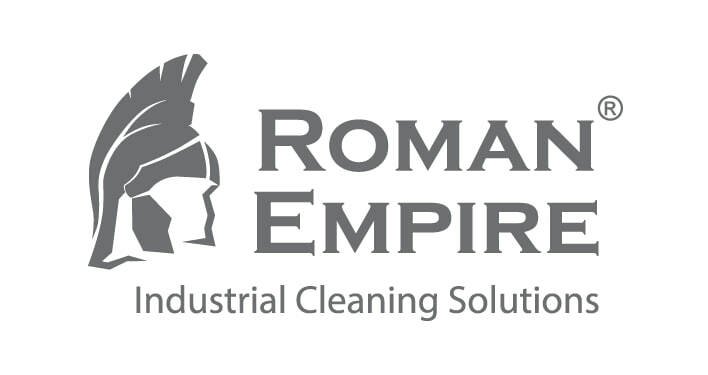Market
Customers
Needs
Customers
Needs
Description of the oil storage tanks cleaning market,
needs and challenges of the industry
needs and challenges of the industry
Market
Customers
Needs
Customers
Needs
Description of the oil storage tanks cleaning market, needs and challenges of the industry
Challenges and Expectations
- ChallengesHigh death rates in confined spaces (over 100 per year in the USA; over 200 in Europe).
Increased risk of spontaneous pyrophoric buildup when tanks are operated for long periods without cleaning.
Long service intervals (conventional cleaning technology takes several weeks to several months). - ExpectationsEnsuring total safety for the oil storage tanks and personnel.
Reduce downtime by speeding up the cleaning.
What affects the cost of the oil storage tank cleaning?
The amount of the clean-up contract is usually determined by the volume of sludge in the oil storage tank, and the tariff is calculated per m3.
The size of the tank — the surface area — also matters as a secondary factor.
Washing heights are generally defined as "one / two sheets", i.e. 1.5 — 2.5 m; however, there are orders for cleaning up to the roof.
The size of the tank — the surface area — also matters as a secondary factor.
Washing heights are generally defined as "one / two sheets", i.e. 1.5 — 2.5 m; however, there are orders for cleaning up to the roof.
Main fire causes in the Oil Storage Tanks*
Atmospheric electricity.
Self-ignition of pyrophoric sediments.
Continuous tank operation without cleaning.
*Review of Atmospheric Storage Tank Fire Scenarios: Costs and Causes
Self-ignition of pyrophoric sediments.
Continuous tank operation without cleaning.
*Review of Atmospheric Storage Tank Fire Scenarios: Costs and Causes
How do sediments build up?
During the operation of tanks for oil and dark petroleum products, deposits build up in their bottoms, the size of which depends on the length of tank operation, the quality of petroleum products and storage technology. The presence of deposits exceeding the bottom heel level reduces the usable tank capacity and increases wear and contamination of the equipment.
Due to certain difficulties in cleaning and disposing of the waste removed, the tanks are cleaned of bottom sediments as required. Deposits of dark petroleum products (fuel oil) are a product of the natural "ageing" of fuel. Due to the increased density, "ageing" products (asphaltenes, carbenes, carboids) are deposited at the tank bottom. The mixing of fuel oil with other petroleum products (cracking residues, diesel fuel, bitumen, liquid additives) during transport or storage accelerates the build-up of deposits.
Diesel fuel is used as a substitute for fuel oil in thermal power plants and may be mixed with fuel oil during storage. Intense sedimentation is facilitated by the fuel heating with inside steam heaters.
Due to certain difficulties in cleaning and disposing of the waste removed, the tanks are cleaned of bottom sediments as required. Deposits of dark petroleum products (fuel oil) are a product of the natural "ageing" of fuel. Due to the increased density, "ageing" products (asphaltenes, carbenes, carboids) are deposited at the tank bottom. The mixing of fuel oil with other petroleum products (cracking residues, diesel fuel, bitumen, liquid additives) during transport or storage accelerates the build-up of deposits.
Diesel fuel is used as a substitute for fuel oil in thermal power plants and may be mixed with fuel oil during storage. Intense sedimentation is facilitated by the fuel heating with inside steam heaters.
How often should the tanks be cleaned?
According to the regulations, the following frequency is set for periodic cleaning:
Metal and reinforced concrete tanks for petroleum, fuel oils, motor fuels and similar petroleum products should be cleaned as required by the operating conditions. Water and impurities from the tanks should be removed at least once a year.
- at least twice a year for jet fuel, aviation gasoline;
- at least once a year for lubricating oil additives and compounded oils;
- at least once every two years — for other oils, motor gasoline, diesel fuels, paraffin and similar petroleum products.
Metal and reinforced concrete tanks for petroleum, fuel oils, motor fuels and similar petroleum products should be cleaned as required by the operating conditions. Water and impurities from the tanks should be removed at least once a year.
LANGUAGE
- English (International)
- Deutsch
- Français
- Español
© 2025 All rights reserved. Roman Empire ®


